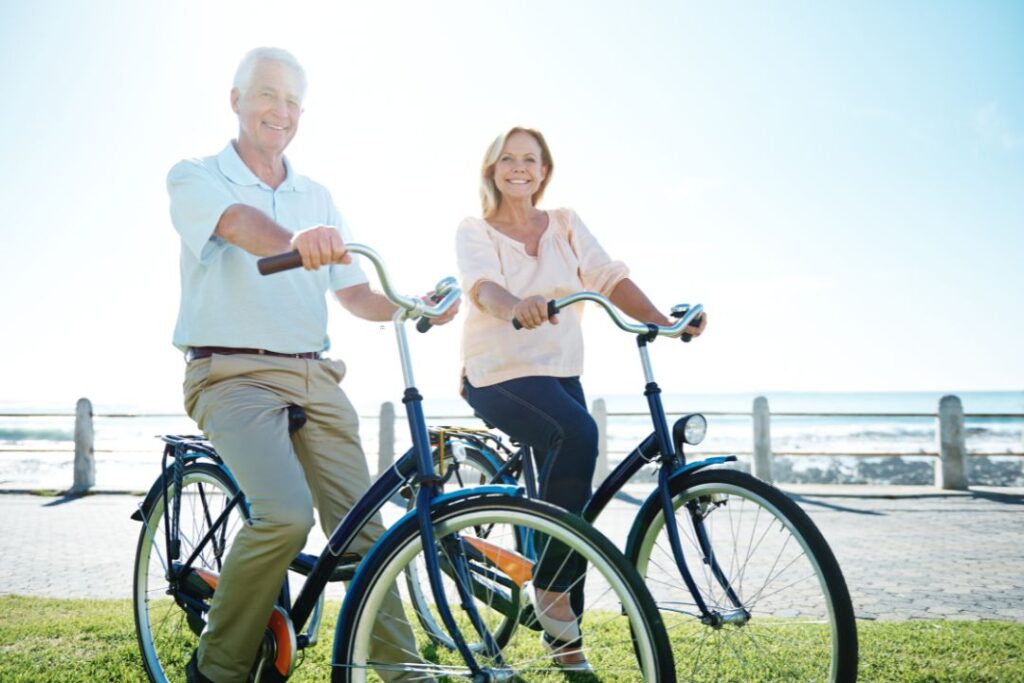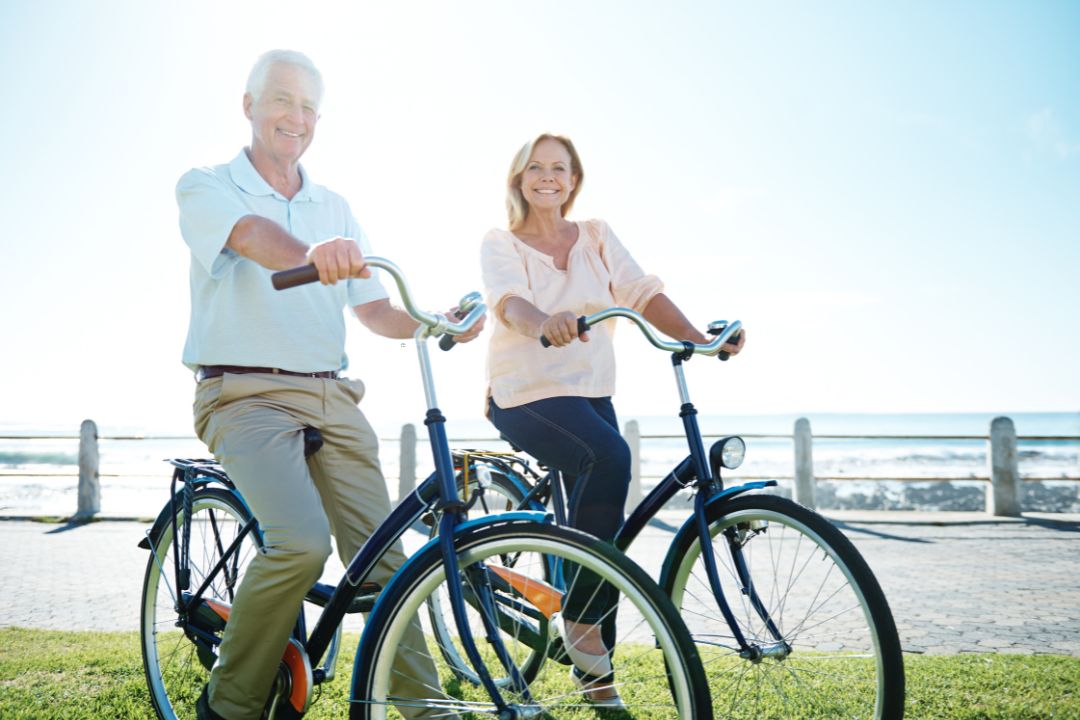Summer Vein Health: Why Heat Affects Your Legs and How to Feel Better
Introduction: Summer Vein Health Shouldn’t Be an Afterthought
Summer vein health is something many people overlook—until the heat hits. While summer brings sunshine and vacations, it also poses unique challenges for your circulation. If you’ve noticed swollen legs, aching veins, or visible varicose veins during warmer months, you’re not alone. Understanding why this happens and how to manage it is key to feeling great all season long.

How Heat Impacts Circulation and Veins
The Role of Summer Vein Health in Circulation
To understand why heat causes issues, it helps to remember how veins work. Veins are responsible for returning deoxygenated blood from your body back to your heart. In your legs, this means blood has to work against gravity. Small one-way valves help push it upward, while the surrounding muscles provide pumping action during movement.
When those valves weaken—whether due to genetics, aging, pregnancy, or lifestyle—the result is chronic venous insufficiency. Blood begins to pool in the lower legs, creating pressure that causes visible veins, swelling, and discomfort.
Why Heat Makes Things Worse
When the temperature outside rises, your body attempts to cool itself by dilating (widening) blood vessels. This process, called vasodilation, allows heat to escape more efficiently through the skin. However, it also makes it harder for veins to push blood upward.
As a result, people with venous insufficiency may experience:
- Increased blood pooling
- More visible bulging or discoloration in veins
- Heavier, aching sensations
- Leg cramps or restlessness at night
Additionally, because you’re more likely to be active or on your feet during summer, symptoms may intensify even further.
Common Summer Vein Symptoms to Watch For
While many people write off summertime discomfort as “normal,” it’s worth paying attention to what your legs are telling you. Vein symptoms that worsen in warm weather include:
- Swollen ankles or feet—especially after standing or walking
- Heaviness or fatigue in the legs, even after moderate activity
- Visible varicose or spider veins becoming more pronounced
- Tingling, throbbing, or itching sensations near affected areas
- Restless legs at night, making it hard to sleep
- Cramping in the calves during rest or movement
If you notice these symptoms more often in the summer than in cooler months, that’s a strong indication that your veins are under stress from heat.
5 Smart Strategies for Managing Vein Health in Summer
Fortunately, summer doesn’t have to mean suffering. Here are five proven tips to protect your veins from the heat and reduce discomfort during the sunny season.
1. Stay Well Hydrated
Water is one of the most important tools in your vein health toolbox. Dehydration thickens the blood, making it harder for your veins to circulate it efficiently.
Tip:
Aim for 8–12 cups of water per day in hot weather. If you’re exercising or spending time outdoors, increase that amount. Herbal teas, infused water with fruit, and water-rich foods like cucumbers and melons also help.
2. Don’t Skip Compression Garments
Wearing compression stockings may feel counterintuitive in warm weather, but they remain one of the most effective tools for improving circulation. Compression supports your veins by applying gentle pressure that prevents blood from pooling in the legs.
Tip:
Choose lightweight, breathable compression socks or sleeves designed for summer use. Many brands now offer sheer, moisture-wicking options that look and feel like regular clothing.
3. Elevate Your Legs After Long Days
If your day involves a lot of walking, standing, or heat exposure, give your veins a break by elevating your legs above your heart level for at least 15–30 minutes in the evening. This helps reduce swelling and reverses the effects of gravity on your circulation.
Tip:
Use pillows or an adjustable reclining chair to comfortably raise your legs. Make it part of your daily wind-down routine.
4. Avoid Prolonged Sitting or Standing
Spending hours in one position—whether at a festival, on a plane, or at your desk—can slow down circulation and trigger vein pain.
Tip:
If you’re stuck standing, shift your weight frequently and flex your calves. If sitting, get up every 30–60 minutes to stretch, walk, or do a few calf raises.
5. Cool Down with Water Activities
Swimming, walking in cool water, or simply taking cold showers can provide relief for tired, swollen legs. Not only does cold water constrict blood vessels and reduce inflammation, but the hydrostatic pressure in pools also mimics compression therapy.
Tip:
Make swimming or water aerobics part of your regular summer exercise routine. Even walking in a shallow pool for 20 minutes provides significant vein benefits.
What About Exercise?
Exercise is vital for vein health, regardless of season. However, in summer, it’s best to adjust your workout routine:
- Opt for morning or evening workouts to avoid peak heat
- Focus on low-impact activities like swimming, cycling, or walking
- Be cautious with hot yoga, long hikes, or intense cardio in direct sun
Pair movement with hydration and recovery time to maximize benefits and avoid flare-ups.
What Should You Wear? Clothing & Footwear Tips
While it’s tempting to go barefoot or wear flip-flops, poor footwear can worsen circulation. Flat shoes or unsupportive sandals provide no arch or heel support, leading to extra strain on the veins.
Choose:
- Arch-support sandals
- Low-heeled shoes with cushioning
- Orthotic-friendly summer footwear
Also, avoid tight waistbands or restrictive clothing that can restrict blood flow in the abdomen or legs.
When to Seek Help from a Vein Specialist
It’s easy to brush off vein discomfort as a cosmetic issue or just “part of getting older.” However, untreated vein disease can lead to more serious complications, including:
- Chronic swelling and pain
- Skin discoloration or breakdown
- Venous ulcers (open wounds)
- Deep vein thrombosis (DVT), a serious blood clot condition
You should schedule a consultation if you:
- Experience persistent swelling, aching, or visible veins
- Have symptoms that worsen significantly in the summer
- Are planning a long trip or surgery and have a history of clotting
Modern vein treatments are quick, minimally invasive, and performed in-office—often with little to no downtime. Summer is actually a great time to address vein issues, especially if your symptoms are most noticeable now.
Long-Term Lifestyle Tips for Year-Round Vein Support
Although this article focuses on summer, healthy habits go a long way toward vein wellness all year. Keep these principles in mind:
- Maintain a healthy weight to reduce vein pressure
- Follow a high-fiber, anti-inflammatory diet
- Exercise regularly to improve circulation
- Avoid smoking, which damages blood vessels
- Monitor and manage chronic conditions like diabetes or high blood pressure
Conclusion: Prioritize Summer Vein Health and Enjoy the Season
Summer vein health doesn’t have to be a struggle. With a few mindful changes—like wearing compression gear, staying hydrated, and avoiding prolonged standing—you can reduce leg pain and keep your veins supported, even when the temperatures soar.
If you’re noticing more swelling or discomfort this season, don’t wait. Reach out to a vein specialist for personalized advice and effective treatment options.
SEO Recap
Primary Keyword: summer vein health
Secondary Keywords: varicose veins in hot weather, how heat affects veins, swollen legs in summer, healthy veins in summer
Updated Social Media Caption
☀️ Struggling with aching, swollen legs in the summer?
It’s not just the heat—it’s your veins working overtime.
Learn why summer is so hard on your circulation and what you can do to feel better: [link]
#SummerVeinHealth #HealthyLegs #VaricoseVeinRelief #CirculationMatters #VeinCareTips







